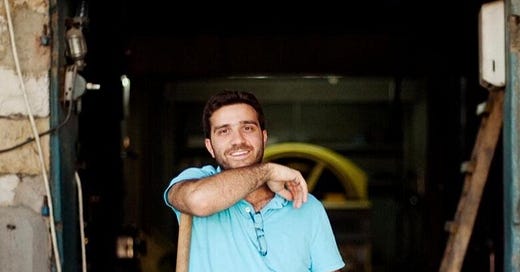A love letter to cinsault
How a previously underrated grape variety is finally having its moment in the sun.
“Best forgotten”, “infamous”, “characterless” - these are just some of the descriptions used to describe the red grape variety cinsault by Master of Wine Benjamin Lewin in his 2010 book Wine Myths and Realities.
He’s not the only one. Patrick J. Comiskey in American Rhone damns it with faint praise by calling it: “a very serviceable component in blends.” Until recently, in cinsault’s home in the Languedoc, it was thought only good for rosé. Consultants would advise vineyard owners to pull it up and replace with syrah or even cabernet. Poor unloved cinsault!
Keep reading with a 7-day free trial
Subscribe to Drinking Culture to keep reading this post and get 7 days of free access to the full post archives.



